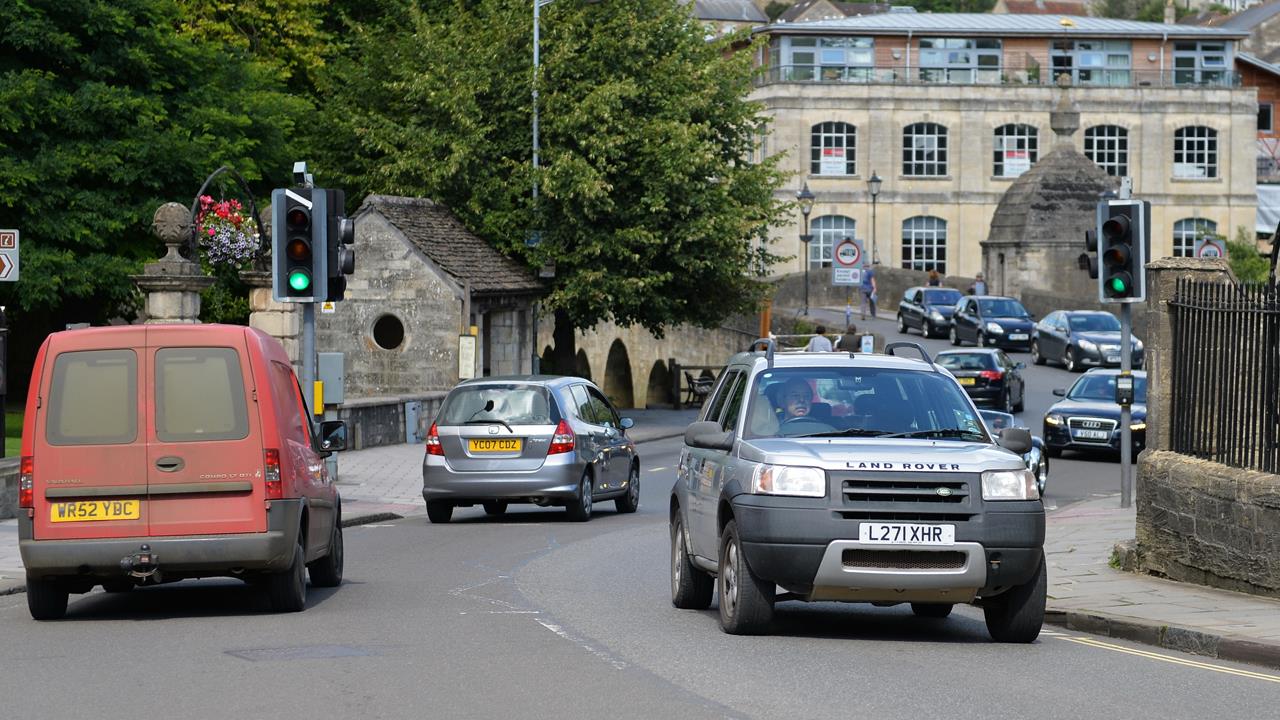

Drivers are being reminded of the correct procedure for parking on hills at night in order to avoid potential accidents.
Motoring specialists from LeaseVan.co.uk believe a large percentage of drivers are unaware of the rules to park on a hill and are therefore putting themselves and other road users at risk.
Now the specialists have produced a simple guide using The Highway Code to help motorists park safely. Making a few simple adjustments to the position of vehicle’s wheels can drastically reduce the chances of a potentially serious incident occurring.
This means that in the event of a handbrake failure, the van will be prevented from rolling into oncoming traffic. Other rules to consider when parking on hills include when to park in first gear and which direction the vehicle should face.
A spokesman from LeaseVan.co.uk said: “Neglecting to follow the Highway Code can lead to devastating situations, so something as simple as parking correctly can reduce the level of hazard tenfold.
“Knowing how to position the wheels of the car and in what gear to park should be imprinted in every driver’s mind. Adding a couple of steps to your parking procedure can minimise risks on the road.
“Drivers should constantly be aware of the surroundings and be able to navigate the road safely even when stationary or not in the vehicle.”
Here is LeaseVan.co.uk's guide for parking on hills at night:
Direction of vehicle
Park facing towards the direction of traffic flow unless in a recognised parking space, so other drivers can identify that the van is stationary. Always confirm the handbrake is applied firmly before leaving the vehicle.
Parking lights use
Display parking lights when parked on a road with a speed limit greater than 30mph so the van is visible to other motorists from a distance. This is also true when parking in fog. If unavoidable keep side lights on. Before exiting the vehicle check surroundings for any oncoming traffic.
Gear safety
When uphill if driving a manual vehicle, leave the gear in first. This will keep the engine engaged and prevent the vehicle from rolling. If driving an automatic vehicle, put the van in the park setting. If downhill, place the vehicle in the reverse gear before applying handbrake.
Parking facing downhill
Turn the front wheels towards the kerb and place the vehicle in the reverse gear, this will prevent the vehicle from rolling into traffic if the breaks become disengaged avoiding the highway.
Parking facing uphill with a kerb
If parked uphill, turn the wheels to the right towards the road. If the parking breaks fail and the van rolls backwards, the front tire will hit the kerb and stop the vehicle rolling backwards further.
Parking facing uphill without a kerb
When parked facing uphill and there is no kerb, turn the wheels to the left. If the parking breaks fail, the vehicle will roll out the way of the road and oncoming traffic.
Parking on the righthand side
If parking uphill or downhill, turn the wheel in the opposite direction to that parked on the left, ensure handbrake is on and put the van in the right gear before leaving vehicle.
If you'd like to keep up-to-date with the latest developments in the heating and plumbing industry, why not subscribe to our weekly newsletters? Just click the button below and you can ensure all the latest industry news and new product information lands in your inbox every week.